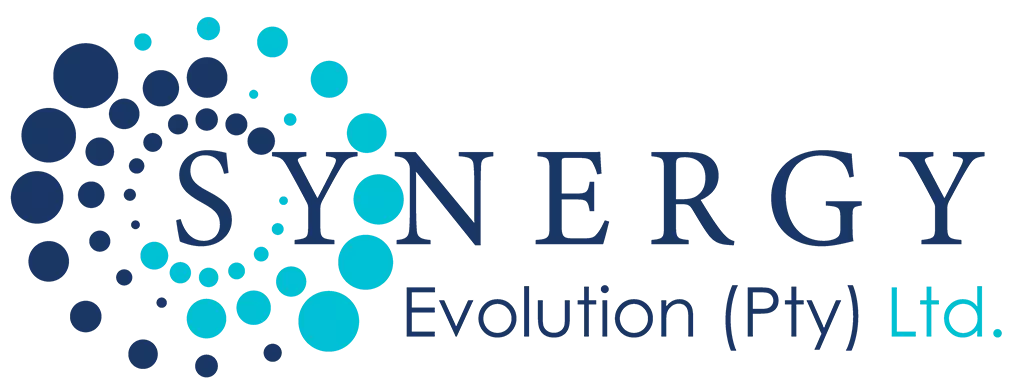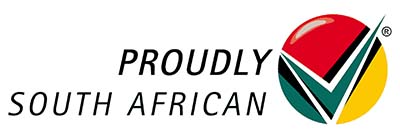Implementing Fixed Asset Management Software can transform how your business tracks assets, ensures compliance, and optimizes operations. However, a clear, structured approach is essential for a smooth process.
This guide provides step-by-step instructions and key considerations to maximize the impact of your new asset management software.
Step-by-Step Implementation Process
1. Assess Your Asset Management Needs
Start by evaluating your current asset management practices. Identify existing challenges—whether outdated systems, incomplete records, or poor reporting.
Define specific goals for the software, such as improved compliance, automated depreciation, enhanced asset tracking, or efficient maintenance scheduling.
A clear understanding of your needs ensures that you select a solution that aligns with your business goals.
2. Select the Right Software
Choosing the right software is essential to successful implementation. When evaluating software options, consider:
- Scalability: Can the software grow with your business?
- User Interface: Is it accessible for technical and non-technical staff?
- Support: Does the vendor provide reliable support and regular updates?
To make the best choice, use demos or free trials to confirm compatibility with your asset types, business size, and industry needs.
3. Plan for Data Migration
Data migration is a critical step in implementation. Before migrating, carefully review your asset data for accuracy and completeness.
Ensure all records are current and organized, as incomplete or outdated data can lead to problems down the line.
A well-planned data migration process from legacy systems to the new software ensures minimal operational disruption and a smooth transition.
4. Set Up Software and Integrations
With your data ready, configure the new system by setting up user roles, permissions, and workflows tailored to your organization.
Integrate the asset management software with other systems like ERP, accounting, and inventory management to enable seamless data flow across your organization.
Test all integrations thoroughly to confirm they function as expected.
5. Train Your Team
User adoption is crucial. Provide comprehensive training for both technical and non-technical users, covering:
- How to navigate key features.
- Using reporting and compliance tools.
- Basic troubleshooting for common issues.
Ongoing support, whether from internal resources or the software vendor, is also essential to help your team adapt fully to the new system.
Overcoming Common Implementation Challenges
- Data Quality Issues: Data migration often highlights issues like incomplete or inaccurate data. To overcome this, conduct a thorough audit of your asset data before migration. Incomplete records should be updated, and incorrect information must be rectified.
- Resistance to Change: One common hurdle during implementation is resistance from employees accustomed to old systems. Overcome this challenge by involving key stakeholders early in the process, explaining the benefits of the new software, and offering thorough training. Address concerns and ensure that your team feels comfortable with the transition.
- Integration Compatibility: Legacy systems may not integrate smoothly with new software. If this happens, you may need to invest in customization or third-party solutions to ensure seamless integration. Work closely with your IT team or the software vendor to resolve any compatibility issues early in the process.
Testing and Optimization
Initial Testing and Troubleshooting
Before fully rolling out the software across your organization, conduct thorough testing.
Run different scenarios and test cases to ensure the software performs as expected. If issues arise, address them before launching the software company-wide.
Ongoing Optimization
Once the software is live, continuous monitoring is essential to ensure optimal performance.
Track how well the software meets your initial goals and make adjustments as necessary. This could involve reconfiguring workflows or adding new integrations.
Monitoring and Continuous Improvement
1. Tracking KPIs
To measure the success of your software, establish key performance indicators (KPIs). These could include metrics like:
- Reduction in manual errors.
- Time saved on asset tracking and reporting.
- Compliance with industry regulations.
Review these KPIs regularly to assess how well the software is performing and whether it’s delivering the expected benefits.
2. Regular Audits and Updates
Technology is constantly evolving, so it’s important to audit your asset management software periodically.
Ensure the software is up to date and make any necessary changes as your business grows.
Regular updates and software improvements will help you stay ahead of emerging asset management challenges.
Conclusion
Implementing Fixed Asset Management Software is a significant undertaking, but following a structured approach can make the process more manageable.
From assessing your business needs to training your team and optimizing performance, each step plays a vital role in ensuring success.
By planning carefully and prioritizing user adoption, you can implement a system that boosts efficiency, improves accuracy, and grows alongside your business.








